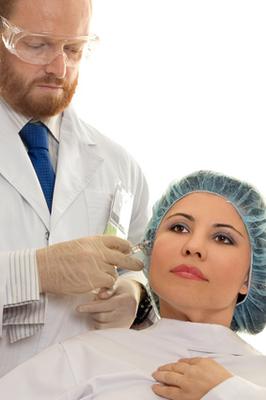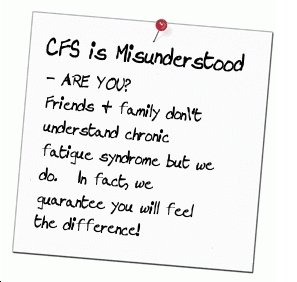All There is To Know About Botox Injections
In general, Botox is the brand name for a botulin toxin type A, of which there are subtypes. The type B variety (BTX-B) is known as Neurobloc in the E.U. or Myobloc in the U.S.A.
Both are employed in medical and/or therapeutic purposes. Botox itself is more popularly known for it's non-surgical cosmetic function.
It is also known as Vistabel in the E.U. and Dysport.
In the 1950s, although experimented with much earlier, very small injections of botulin toxin type A (BTX-A) were used to decrease overactive muscle activity.
In that same period, it was experimented with in cosmetic treatments. In 1989, in the U.S., Allergan Inc. got approval from the F.D.A. and named their drug Botox.
Approval for its cosmetic use came in 2002, when researchers discovered is cosmetic effects.
Technically speaking, botulin toxin type A (BTX-A) is produced by bacteria.
Once processed, its injection serves to interfere with nerve impulses, amongst other things.
As such, it has come to serve many purposes in non-surgical cosmetic treatment, namely the removal of lines.
However, its effects are not permanent, so future injections may be required.
It has been used to treat glabellar lines (the appearance of severe frown lines between the eyebrows), excessive underarm sweating, spasticity, muscle disorders, and even obesity. The study of other treatments using Botox remain ongoing.
Botox is usually considered a prespcription drug that needs to be administered by a qualified physician.
For this reason, it's recommended that it be done in a controlled setting, i.e. a doctor's office.
In this way, any possible immediate side effects can be monitored by the administering physician. For this reason, among others, so-called "Botox parties" are not recommended.
Apparently in the U.S., Botox is licenced for use in single-use vials. In other words, it's prescribed for use for a single person.
The vials do not contain anything that can prevent contamination if repeatedly used for more than one person.
However, this is how many individuals aim to lower the cost of the injections, besides undergoing the injections in a more social atmosphere.
Unfortunately, the consumption of alcohol in such an environment can defeat the purpose of the injections. After receiving an injection, it's recommended that the individual: not rub their face and stand up straight for several hours.
Both are meant to prevent the Botox from moving outside of the targeted area. Here, one of the most commonly know side effects are droopy eyelids. This is because the muscles controlling the eyelids have become paralyzed. However, this side effect is normally considered to last only a few days.
Regardless, as Botox comes from a neurotoxin, much care must be taken with its use as in any treatment. You should also consult the physician regarding the required frequency of injections. This may be anywhere between four to eight months, but no less than three.
Free Report Reveals the Top tips for Healthy Glowing Skin: Free Skincare Health Book
See how easily you too can have youthful looking skin!
the A to Z directory of dealing with Health Problems & Self Care Strategies for natural remedies to your health issues.

Subscribe to get your weekly "Health Success Magazine" with a new complete & comprehensive Health Report in every edition!

to “Your Health Success”
our weekly F’R’E’E’ Newsletter
If you would like a free no-obligation private consultation or to contact Warren Tattersall for more information, please click here >> Contact Us

Click the books above to learn more about how we treat CFS naturally, to get your life back!
You will find many assorted Health Reports available for download free to you on this website!
Our free Health Success Reports are each available for you to download when you subscribe to receive them and their 7 part eCourse.
You can unsubscribe at any time, but we are sure you will want to receive all the email lessons of these informative ecourses.
Read more HERE to select the REPORT subjects of most interest (or concern) to you.









